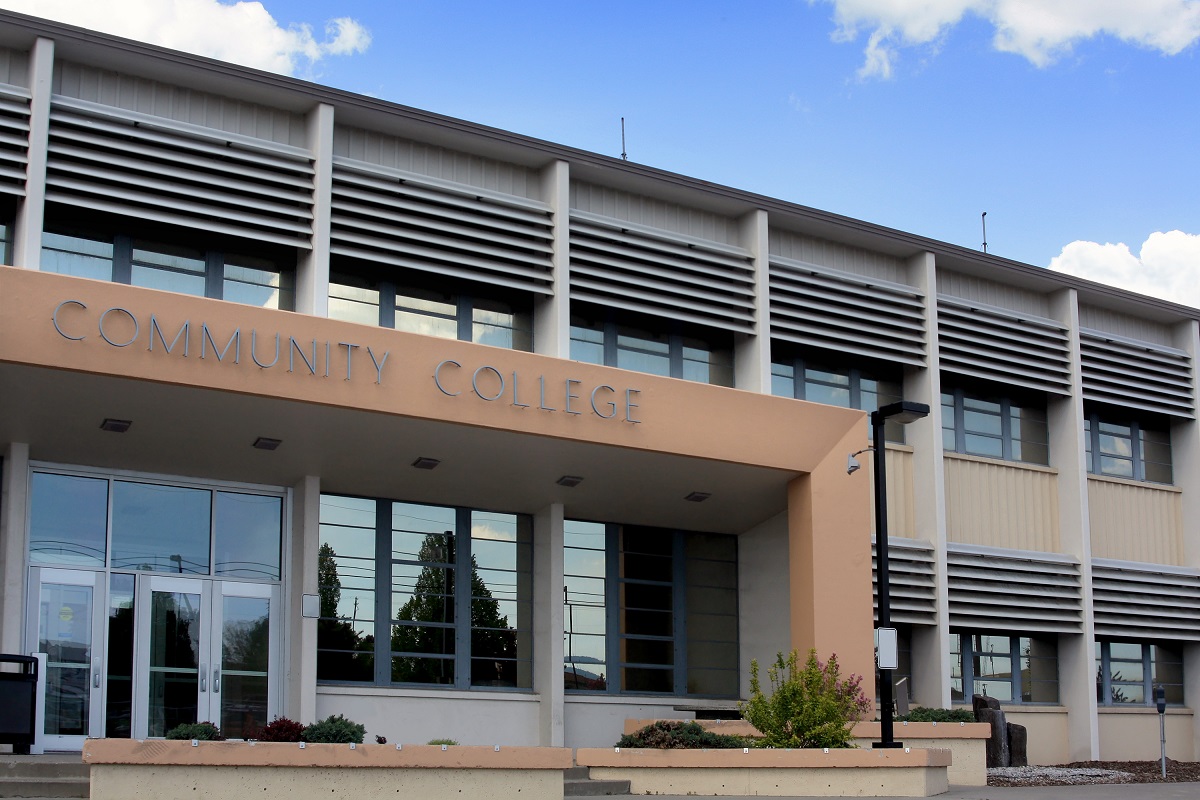More than half of states are underestimating their students’ postsecondary potential as they depart the K-12 system, according to All4Ed’s February report Undermeasuring: College and Career Readiness Indicators May Not Reflect College and Career Outcomes.
“Today, four in five good jobs require at least some postsecondary education or training. Yet college enrollment rates and college completion rates are persistently low, especially for historically marginalized students. Such a serious disconnect between K–12 schooling and postsecondary education is alarming,” the report’s executive summary states. “To address this disconnect, state education leaders have been working on policies to help students graduate from high school prepared for postsecondary options, including new data reporting and accountability measures.”
California is one of three dozen states that have included college and career readiness indicators in their school accountability systems since the introduction of the Every Student Succeeds Act.
Whether including readiness measures around college, like acquiring credits through dual enrollment; readiness measures around career, like earning an industry credential; or military-ready measures such as enlisting, there isn’t a uniform way to determine students’ preparedness for what lies after high school as states have created their own metrics and benchmarks. “As a result, there is tremendous variation in the percentage of students who are ready for postsecondary opportunities — 18 percent to 89 percent, a whopping 71-percentage-point difference,” according to the summary.
As majority of the readiness indicators used by states are proxy measures aimed at predicting students’ postsecondary outcomes, researchers question “whether states are relying on the ‘right’ measures to evaluate readiness” by comparing states’ college and career readiness and college enrollment and remediation rates from seniors in the 2018–19 academic year (and 2017–18 for some states).
In addition to finding that a significant number of students, and students of color in particular, lack access to higher education or are underprepared, the opposite was also shown to be true.
In 33 states and Washington, D.C., the percentage of students who are prepared for postsecondary opportunities was lower than the percentage of high school graduates who ultimately enrolled in college, researchers found. In California, the number of recent high school graduates who enrolled in higher education was 22 percentage points higher than the percentage deemed college and career ready.
Undermeasuring impacts states and student groups differently. For instance, it can be a larger issue in states where data relies solely on students’ performance on college entrance exams, especially for Black and Latinx students. “Readiness rates are a better proxy for college enrollment in states that measure readiness using a basket of indicators, such as performance on AP and IB exams, earning dual credits, and completing a career pathway with an industry credential,” the report states.
The report advises state policymakers to “examine data on students’ postsecondary readiness compared to actual postsecondary outcomes and redesign and improve their college and career readiness indicators so they are more nuanced and can reflect the skills and knowledge students need to succeed.”
Researchers recommend that readiness measures factor in multiple ways for students to demonstrate their preparedness, instead of a single indicator, to reduce undermeasuring, including measures like rates of college enrollment and remediation.
“As state education leaders continue to make improvements to their college and career readiness indicators, they will also be better positioned to work together — nationally or regionally — to develop best practices and common approaches to measuring readiness that will reduce variation across states and more accurately and fully capture if students are prepared for postsecondary opportunities,” the summary states.





